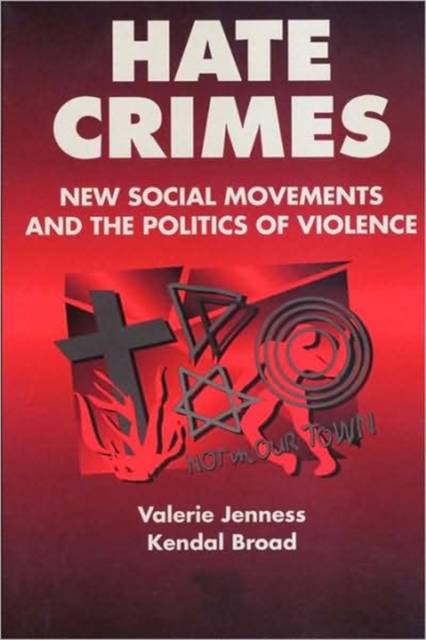
- Afhalen na 1 uur in een winkel met voorraad
- Gratis thuislevering in België vanaf € 30
- Ruim aanbod met 7 miljoen producten
- Afhalen na 1 uur in een winkel met voorraad
- Gratis thuislevering in België vanaf € 30
- Ruim aanbod met 7 miljoen producten
Omschrijving
Violence directed at victimized groups because of their real or imagined characteristics is as old as humankind. Why, then, have "hate crimes" only recently become recog-nized as a serious social problem, especially in the United States? This book addresses a timely set of questions about the politics and dynamics of intergroup violence manifested as discrimination. It explores such issues as why injuries against some groups of people - Jews, people of color, gays and lesbians, and, on occasion, women and those with dis-abilities - have increasingly captured notice, while similar acts of bias-motivated violence continue to go unnoticed.The authors offer empirically grounded, theoretically in-formed answers to the question: How is social change on this order possible? Their analysis of the dynamics draws upon three established traditions: the social constructionist approach; new social movements theory; and the new institutionalist approach to understanding change as a process of innovation and diffusion of cultural forms. In this case, new social movements have converged of late to sustain public discussions that put into question issues of "rights" and "harm" as they relate to a variety of minority constituencies.The authors couple their general discussion with close attention to many particular anti-violence projects. They thereby develop a compelling theoretical argument about the social processes through which new social problems emerge, social policy is developed and diffused, and new cultural forms are institutionalized.
Specificaties
Betrokkenen
- Auteur(s):
- Uitgeverij:
Inhoud
- Aantal bladzijden:
- 228
- Taal:
- Engels
- Reeks:
Eigenschappen
- Productcode (EAN):
- 9780202306025
- Verschijningsdatum:
- 14/10/1997
- Uitvoering:
- Paperback
- Formaat:
- Trade paperback (VS)
- Afmetingen:
- 152 mm x 228 mm
- Gewicht:
- 322 g

Alleen bij Standaard Boekhandel
Beoordelingen
We publiceren alleen reviews die voldoen aan de voorwaarden voor reviews. Bekijk onze voorwaarden voor reviews.











